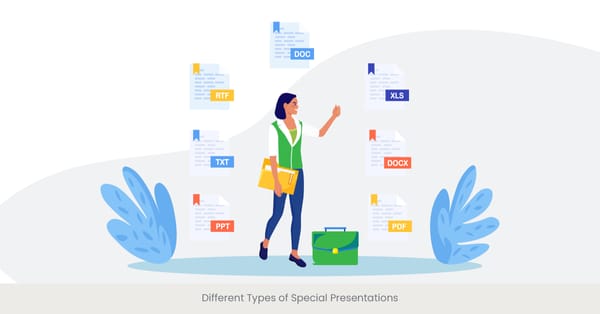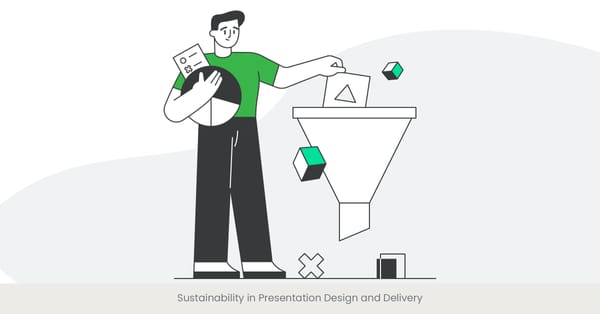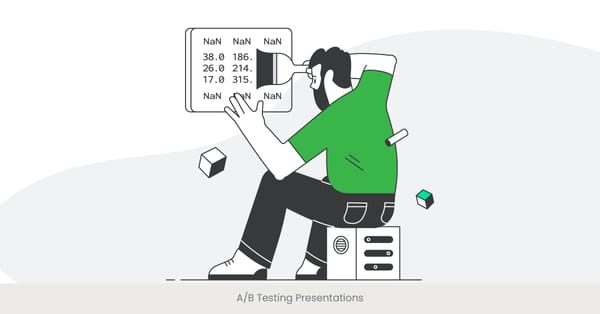
Augmented Reality (AR) and Virtual Reality (VR) in Presentations
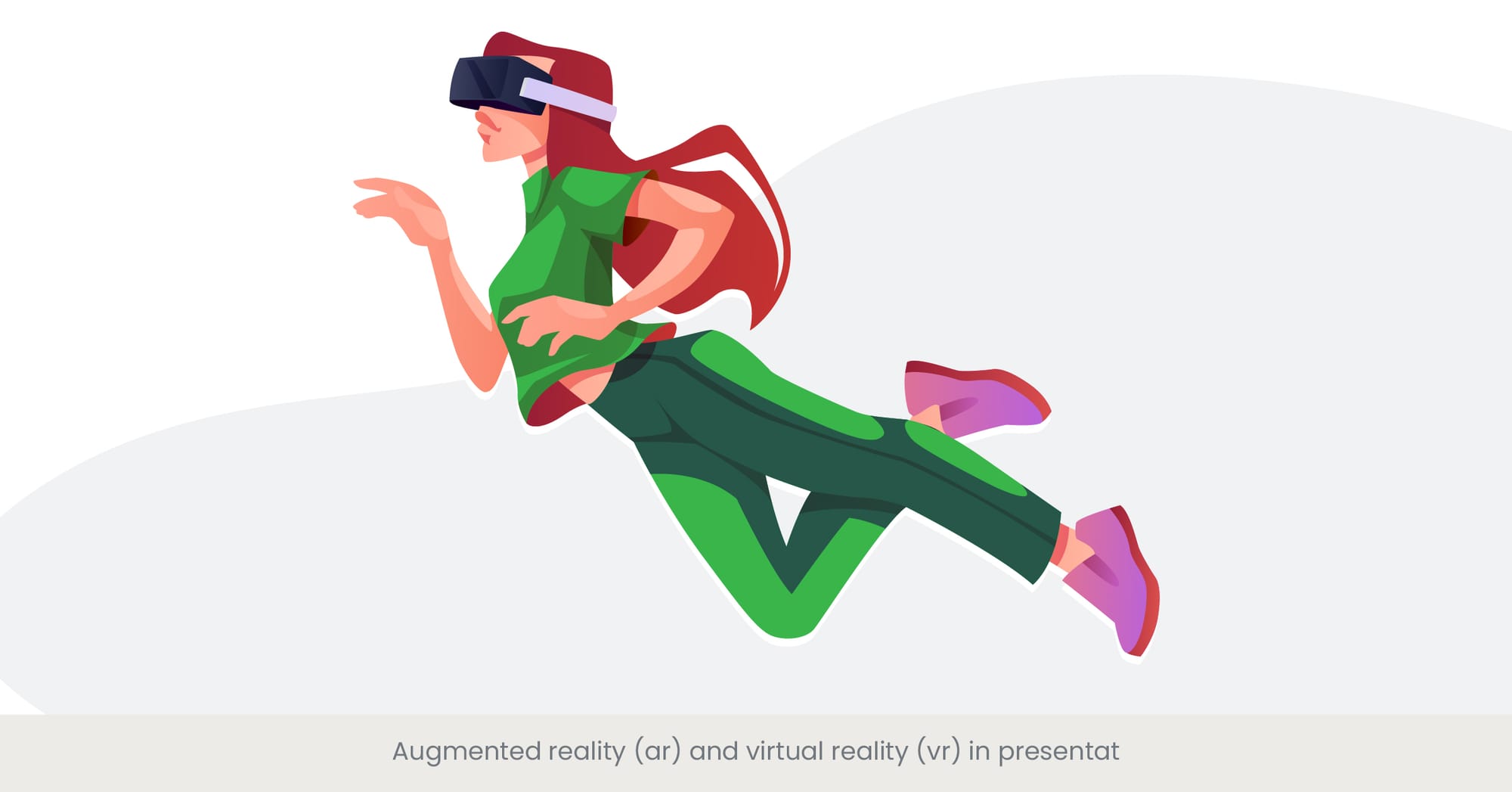
Revolutionizing Presentations with AR and VR
Augmented Reality (AR) and Virtual Reality (VR) are transforming the landscape of product presentations. These technologies offer immersive experiences that capture the audience's attention, providing deeper engagement strategies for product demos. AR overlays digital information onto the real world, while VR creates a fully virtual environment. Incorporating AR and VR into presentations enables interactive elements that enhance audience interaction in presentations, making them more memorable and impactful. Rehearsal strategies for product presentations should consider how these technologies can deliver clear messaging for product pitches while collecting feedback from the audience during presentations.
Understanding AR and VR Technologies
AR technology enhances the physical world by adding layers of digital information, such as images, videos, and 3D models. This can be achieved through smartphones, tablets, or AR glasses. VR immerses users in a fully virtual environment using VR headsets. These technologies have roots in gaming but have quickly expanded into other sectors, including education, healthcare, and business. As part of rehearsal strategies for product presentations, businesses can leverage AR and VR to craft presentations that provide clear messaging for product pitches while enhancing audience interaction.
Real-World Examples and Applications
A compelling example of AR in product presentations is the use of Microsoft's HoloLens in product demos, allowing users to interact with 3D models and see complex product features in detail. Additionally, IKEA's AR app lets customers visualize furniture in their homes before making a purchase. VR has been successfully used by companies like Audi, offering virtual test drives that engage potential customers in virtual environments. Engagement strategies for product demos like these can benefit from incorporating clear messaging for product pitches, while collecting feedback from audiences during presentations ensures that interactions are insightful.
Research and References Supporting AR and VR in Presentations
Research from the Journal of Business Research indicates that AR and VR can increase audience interaction in presentations by up to 50%. A PwC study shows that VR-based training is four times faster than traditional methods, showcasing the efficiency of these technologies. Additionally, IDC data predicts that spending on AR and VR will reach $72.8 billion by 2024. These advancements highlight the need to enhance engagement strategies for product demos, with businesses leveraging AR and VR to collect feedback from audiences and drive home clear messaging for product pitches.
Looking to make your product demos truly stand out? Check out our blog for advanced tips on engaging audiences and delivering impactful demos.
The Rise of AI-Assisted Presentation Design

AI's Role in Transforming Presentation Design
Artificial Intelligence (AI) is reshaping how companies approach product presentations, offering tools that improve the design process and enhance audience engagement. AI-assisted presentation design uses machine learning to automate and optimize elements like layout, color schemes, content suggestions, and even collecting feedback from the audience during presentations. These tools help businesses develop rehearsal strategies for product presentations and engagement strategies for product demos, ensuring that they deliver compelling, clear messaging for product pitches.
Understanding AI-Assisted Design
AI-assisted design involves using algorithms to analyze large datasets, providing insights that improve presentation flow and interaction. Tools like Canva, Beautiful.ai, and PowerPoint Designer recommend visual elements and improvements based on content. By integrating AI, businesses can streamline the rehearsal strategies for product presentations, enhance audience interaction in presentations, and ensure they maintain clear messaging for product pitches. AI-driven content generation can also facilitate engagement strategies for product demos by incorporating real-time audience feedback.
Real-World Examples and Applications
A prime example of AI-assisted presentation design is Adobe Spark, where AI analyzes content to suggest design elements that boost audience engagement. Google Slides also uses AI to recommend layouts and images tailored to the presentation’s needs. In product presentations, AI tools allow for clearer, more concise messaging for product pitches while enhancing audience interaction. Engagement strategies for product demos can be refined by leveraging AI’s ability to adjust content based on live audience feedback during presentations.
Research and References Supporting AI-Assisted Design
According to the International Journal of Human-Computer Interaction, AI tools improve presentation efficiency by up to 30%. Gartner predicts that by 2025, AI will be integrated into 90% of modern applications, including presentation tools. Research from Forrester shows that businesses using AI-driven tools report higher audience engagement and satisfaction. Incorporating AI helps businesses refine rehearsal strategies for product presentations and create engagement strategies for product demos that deliver clear, concise messaging for product pitches.
Remote and Hybrid Presentation Models Post-Pandemic
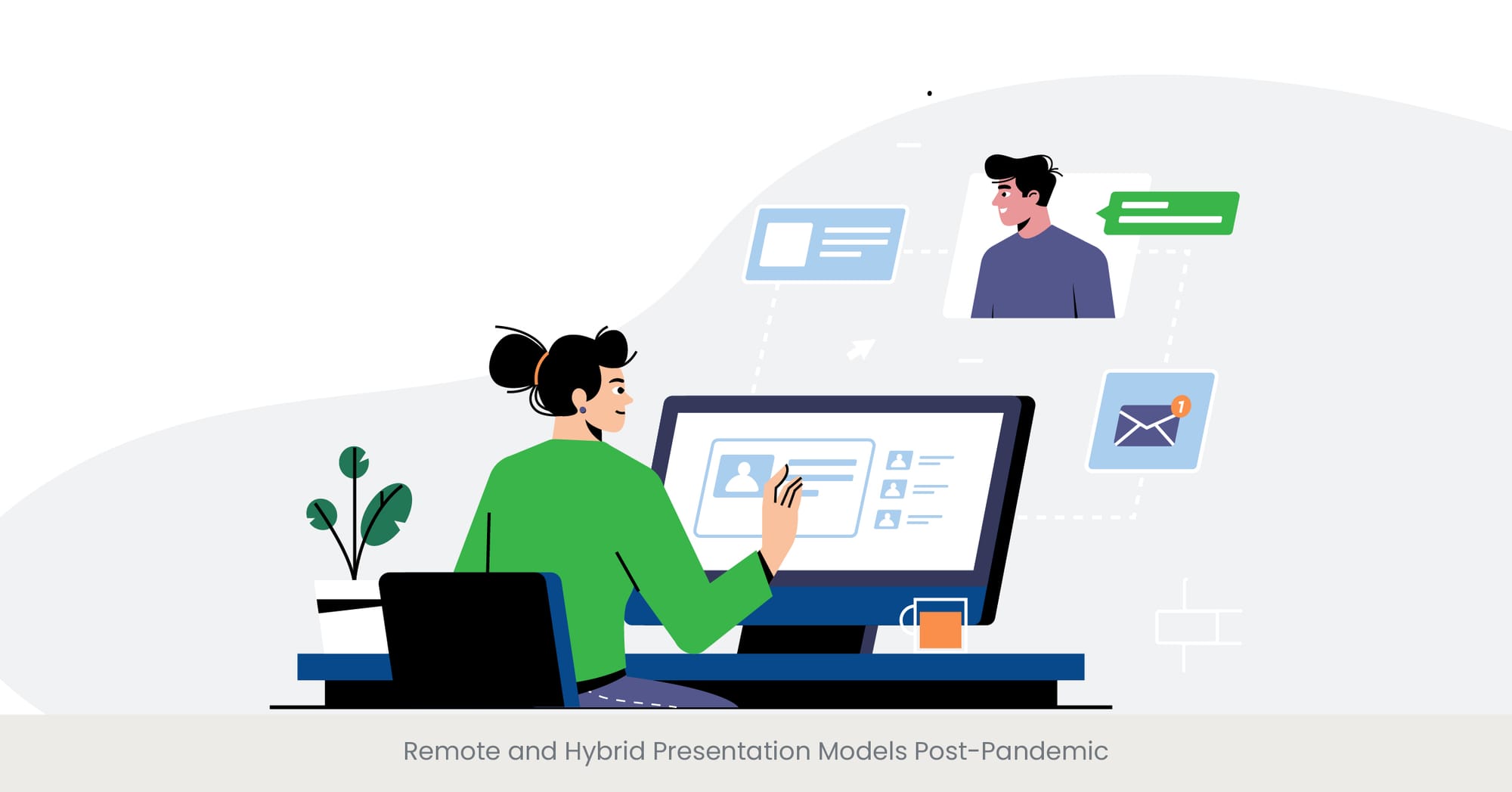
The Shift to Remote and Hybrid Presentation Models
The pandemic accelerated the adoption of remote and hybrid presentation models. Remote presentations are entirely online, while hybrid presentations blend in-person and virtual elements. These models require innovative engagement strategies for product demos and methods for collecting feedback from audiences during presentations. As companies transition to these models, they must adjust rehearsal strategies for product presentations to ensure clear messaging for product pitches and maintain audience interaction in presentations.
Background and Evolution of Remote and Hybrid Models
Remote presentations were initially reserved for webinars or virtual meetings, but with global shifts toward remote work, they are now widely used across industries. Hybrid presentations, which combine physical and virtual elements, are popular for product launches and events. These models have led to new ways of engaging audiences during product presentations, requiring enhanced strategies for audience interaction and clear messaging for product pitches. Engagement strategies for product demos in hybrid settings allow presenters to collect feedback from the audience during presentations, adapting to real-time responses.
Real-World Examples and Applications
Apple’s annual WWDC conference transitioned to a fully virtual format during the pandemic before adopting a hybrid model in 2021. This allowed Apple to maintain strong engagement strategies for product demos while reaching a broader audience. Similarly, Microsoft Ignite has successfully integrated remote and hybrid models, enhancing audience interaction in presentations and collecting valuable feedback from attendees. For product managers, leveraging hybrid models allows for clearer messaging in product pitches while also considering rehearsal strategies to maintain interactivity.
Research and References Supporting Remote and Hybrid Models
Research from McKinsey & Company indicates that remote and hybrid work models are likely to persist beyond the pandemic, with 90% of organizations expected to adopt hybrid working arrangements. A study by Zoom Video Communications found that hybrid events can increase audience reach by up to 30% compared to traditional in-person events. Additionally, data from the Harvard Business Review highlights that remote and hybrid presentations can enhance audience engagement through interactive elements such as polls, Q&A sessions, and breakout rooms. These findings underscore the importance of adapting to remote and hybrid presentation models to deliver effective and engaging presentations in a post-pandemic landscape.
Need help crafting the perfect pitch? Our team specializes in transforming messages into compelling narratives. Let us guide you.
Evolution of Interactive and Dynamic Content
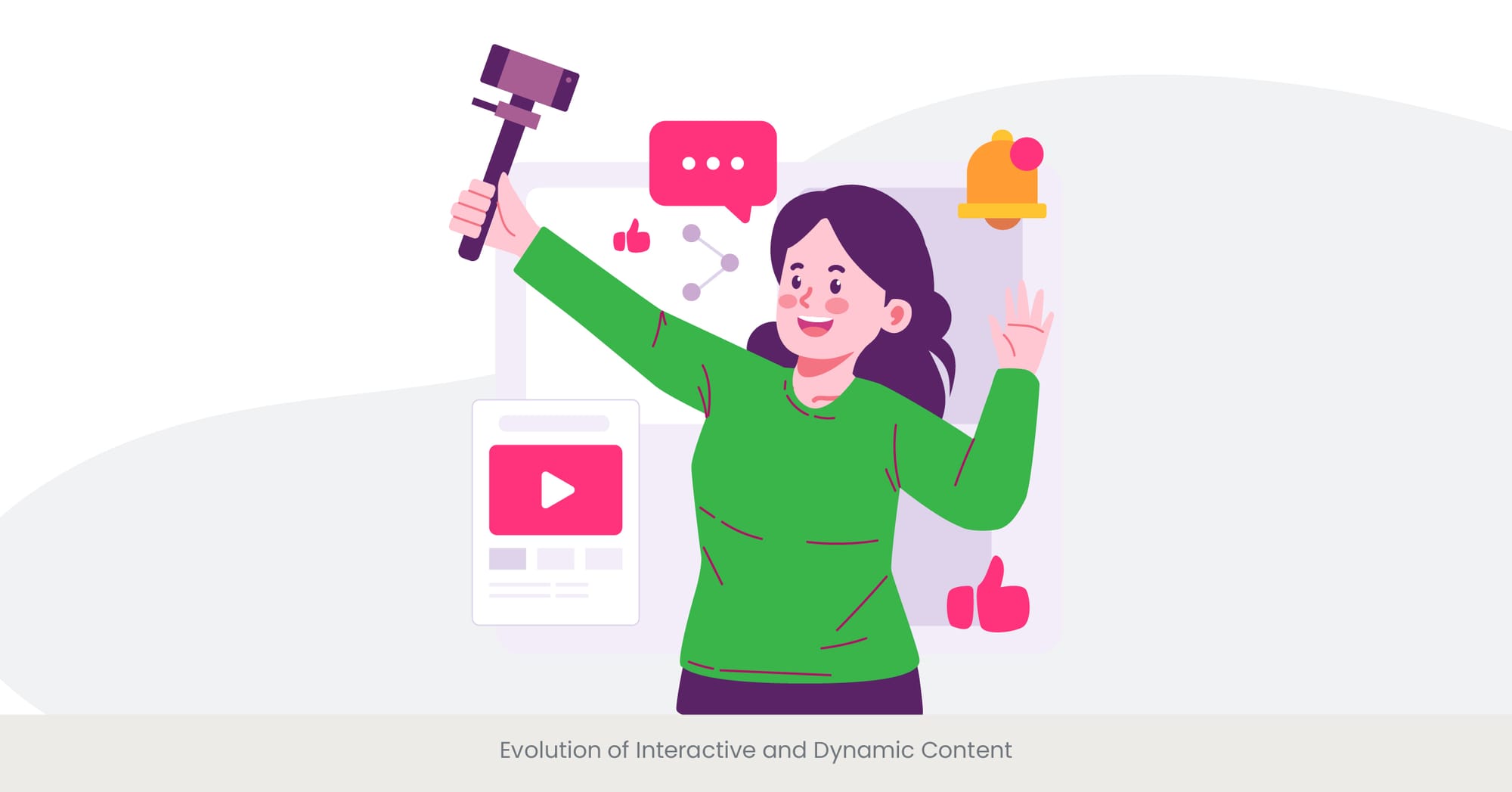
Transforming Presentations with Interactive and Dynamic Content
The evolution of interactive and dynamic content is fundamentally changing how product presentations are delivered. Static slides are giving way to interactive formats that increase audience engagement and retention. Whether you are planning a product demo or a product pitch, incorporating interactive and dynamic content—such as quizzes, real-time polls, or live feedback tools—transforms the experience into something far more impactful. For tech-heavy product presentations, this enhances audience interaction by making the content more engaging and memorable.
Background and Development of Interactive Content
Historically, presentation strategies were limited to static visuals, but the rise of tools like Prezi and HTML5 has empowered product managers to include interactive elements in their rehearsal strategies. Today's interactive and dynamic content is driven by the need to keep audiences engaged, ensuring that clear messaging for product pitches resonates. By using multimedia tools, presenters can break down complex topics and improve audience interaction in presentations, ensuring feedback from the audience is integrated smoothly during the delivery.
Real-World Examples and Applications
Leading companies in various industries showcase how interactive content can be effectively applied. Salesforce, for example, uses interactive dashboards in product demos to walk audiences through real-time data, encouraging audience interaction in presentations. Similarly, in the education sector, Khan Academy’s use of interactive quizzes and exercises enhances learning by actively involving the audience. This strategy ensures that feedback from the audience during presentations becomes a part of the learning experience, offering valuable insights.
Research and References Supporting Interactive Content
Studies from the Journal of Educational Technology highlight that interactive and dynamic content can increase audience engagement by 60%. A separate report by HubSpot indicates that presentations incorporating dynamic elements are far more memorable, which is crucial when designing product pitches and demos. By embedding real-time interactions, you improve not only engagement but also the effectiveness of your rehearsal strategies for product presentations.
The Impact of 5G on Online Presentation Delivery
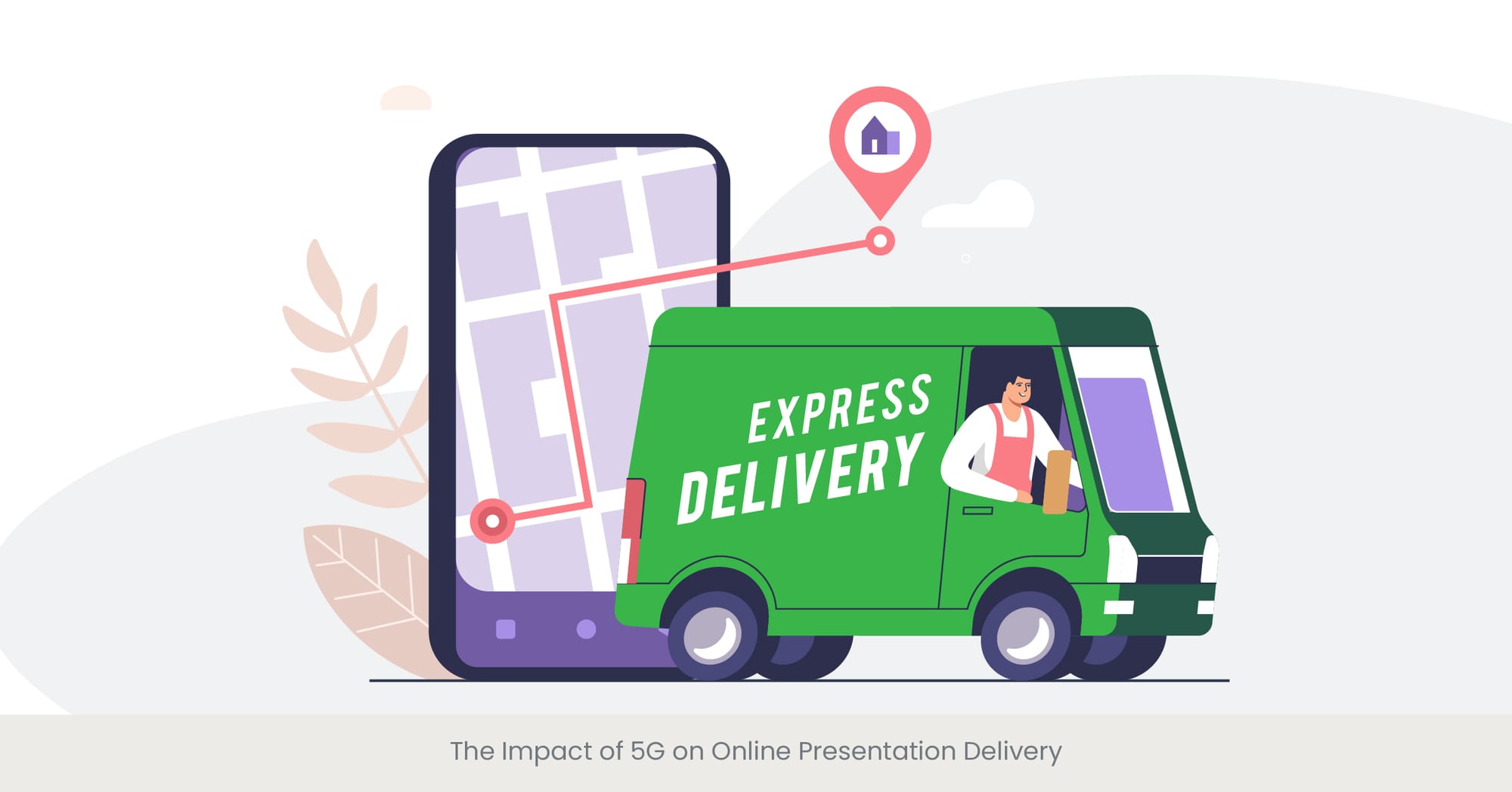
Revolutionizing Presentation Delivery with 5G
The introduction of 5G technology is reshaping online product demos and presentation strategies. With ultra-fast speeds and low latency, 5G allows for the seamless integration of high-quality video, real-time updates, and uninterrupted audience interaction during presentations. For product managers, leveraging 5G technology makes product presentations far more dynamic, improving the flow of the content and allowing for more sophisticated engagement techniques.
Understanding 5G Technology and Its Benefits
5G provides up to 100 times faster speeds compared to 4G, with nearly zero latency. This allows for real-time content delivery, making it ideal for virtual events and product demos where audience interaction is critical. By integrating 5G technology into rehearsal strategies for product presentations, companies can ensure clear messaging for product pitches and collect valuable feedback from the audience during live presentations, providing an overall enhanced experience.
Real-World Examples and Applications
One compelling example is Verizon's use of 5G to power large-scale virtual events, ensuring smooth, high-quality streaming and seamless audience interaction. Additionally, in healthcare, 5G technology is revolutionizing remote diagnostics by allowing doctors to present complex medical data in real-time. These applications show how engagement strategies for product demos can be greatly enhanced with 5G.
Research and References Supporting 5G in Presentations
Ericsson’s Mobility Report highlights that 5G technology is set to reach over 3 billion subscriptions by 2026, marking a transformative shift in online presentation strategies. A report by Deloitte emphasizes that the efficiency of virtual meetings can increase by 40% when using 5G. For product presentations, this means smoother delivery, fewer technical interruptions, and more effective audience interaction.
Sustainability and Eco-friendly Presentation Materials
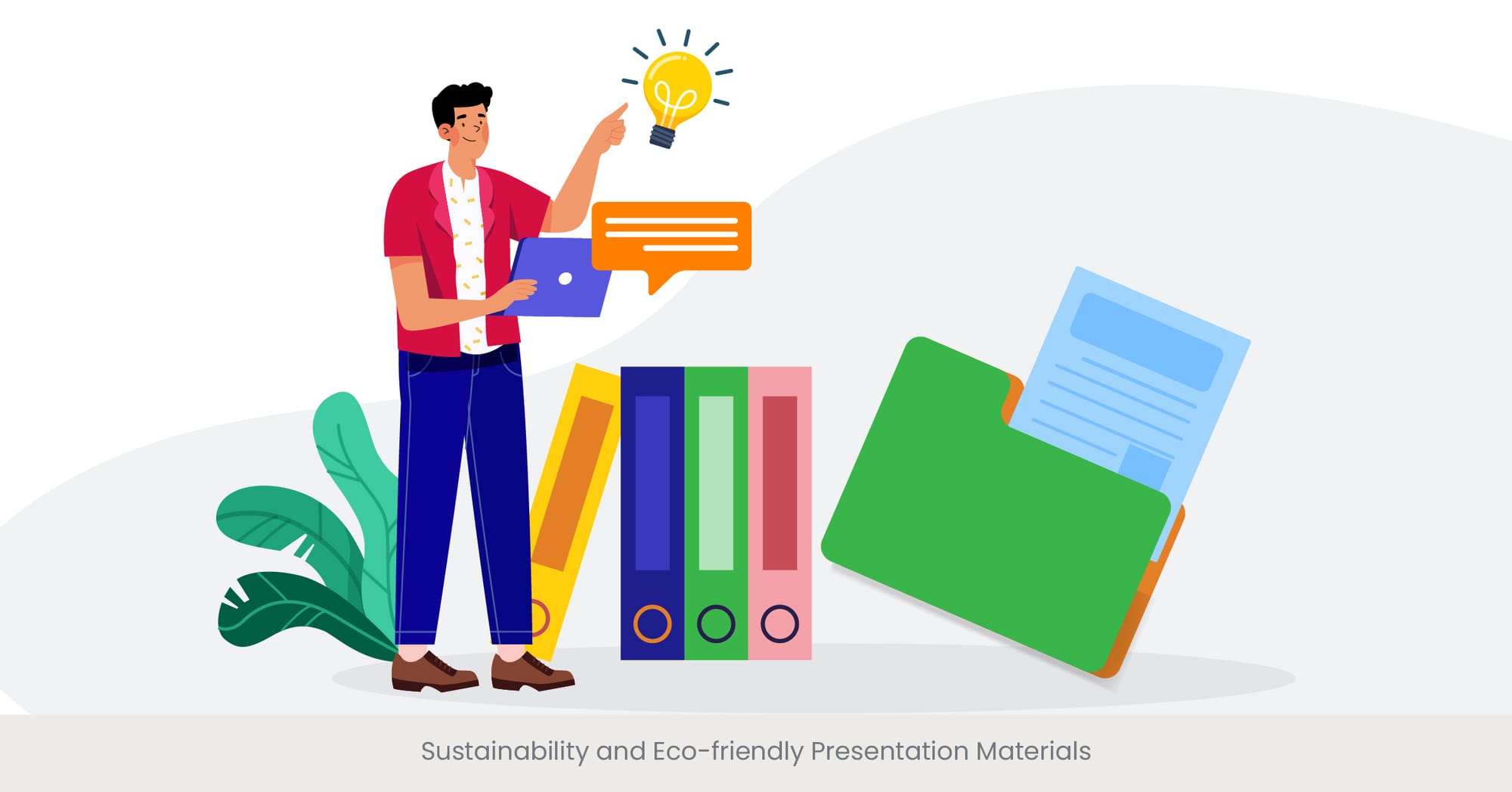
Embracing Sustainability in Presentation Materials
With a growing focus on environmental concerns, the use of eco-friendly presentation materials is now a key consideration in product presentations. Sustainable practices, such as digital presentations, recycled materials, and energy-efficient technology, can enhance the effectiveness of product pitches while aligning with corporate social responsibility goals. By adopting these practices, companies can improve their brand messaging and engage with a more environmentally conscious audience.
Want to sharpen your presentation skills further? Explore our expert guides and real-world case studies to elevate your product presentations.
Background on Sustainable Presentation Materials
The shift towards sustainable materials in presentations is part of a broader push for environmentally responsible business practices. Whether through digital platforms or recycled print materials, companies are finding innovative ways to reduce waste and make presentations more eco-friendly. By including these principles in your rehearsal strategies for product presentations, you ensure that the presentation resonates with a growing audience that values sustainability.
Real-World Examples and Applications
Companies like Google and Adobe have embraced eco-friendly presentation materials, shifting to digital formats and reducing paper use. Patagonia, a leader in sustainable practices, incorporates recycled materials into its physical presentations, showcasing that even product demos can be both effective and environmentally responsible. For product managers, aligning with these principles enhances your brand's credibility.
Research and References Supporting Sustainable Practices
A report by Nielsen shows that 66% of global consumers prefer to do business with companies that commit to sustainability. The World Economic Forum highlights how eco-friendly presentation materials can result in cost savings and improve brand reputation. For product presentations, integrating sustainability isn't just a trend—it's a strategy that resonates deeply with today’s consumers.
Personalization at Scale Through Big Data
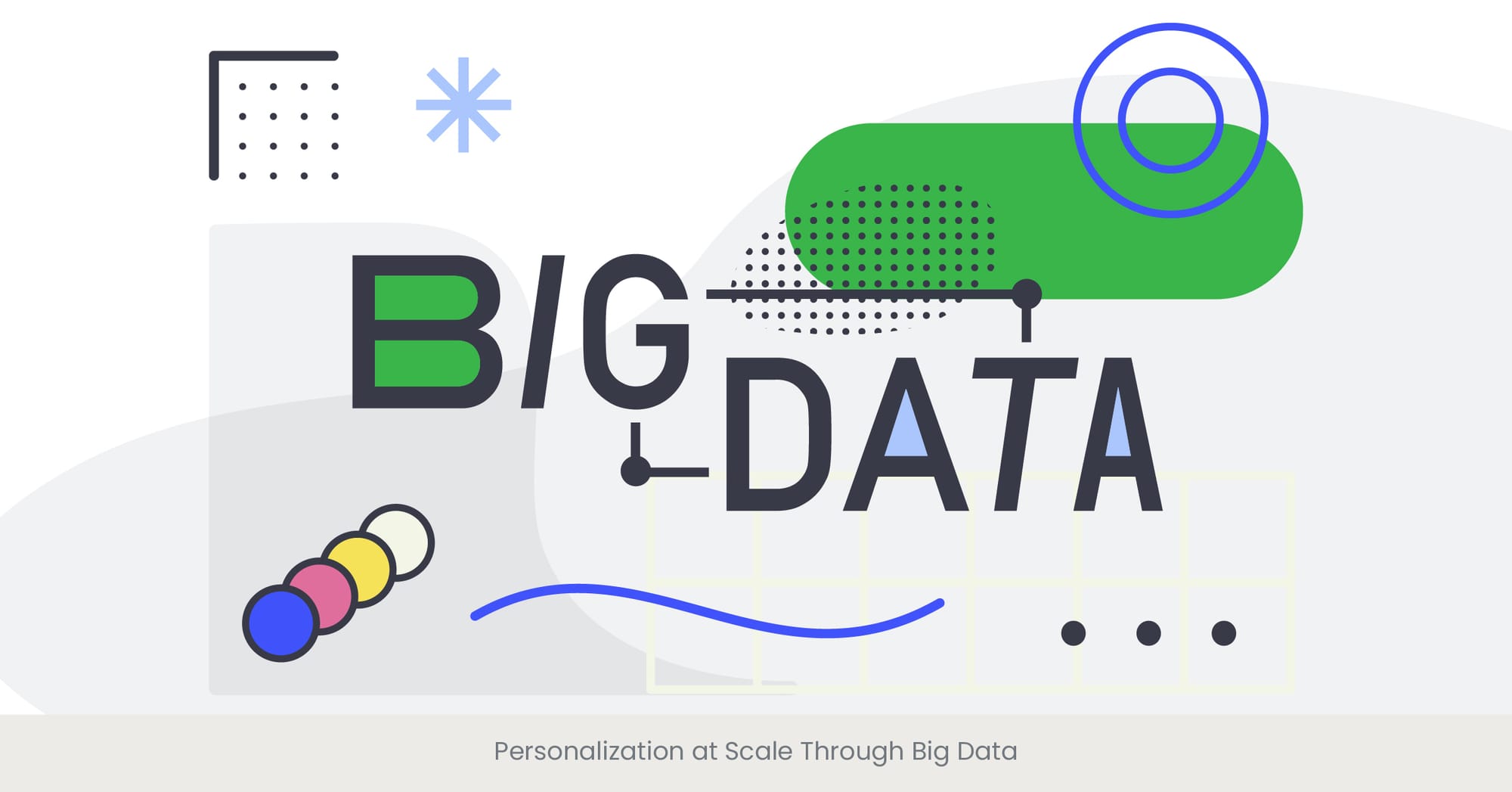
Leveraging Big Data for Personalized Presentations
Thanks to big data, personalization at scale is becoming a game-changer in high-tech product presentations. Product managers can now tailor presentations to specific audience segments, enhancing the relevance of the content. Whether through personalized product recommendations or real-time data visualizations, personalization strategies allow for more engaging and memorable product pitches and demos.
Understanding Big Data and Personalization
The key to leveraging big data lies in analyzing customer behaviors and preferences to tailor presentations. Product managers can use this data to create personalized slides, visuals, or product demos, ensuring that the audience remains engaged. Personalization also plays a significant role in your rehearsal strategies, helping you refine the content based on the expected feedback from the audience.
Real-World Examples and Applications
Amazon uses big data to customize its product recommendations, offering personalized product demos based on customer preferences. Netflix applies similar techniques, tailoring content for specific regions and demographics. For product presentations, this level of customization ensures your audience remains highly engaged throughout the presentation.
Research and References Supporting Big Data Personalization
A McKinsey report reveals that personalization can boost marketing ROI by up to 10%. A Harvard Business Review study shows that companies leveraging big data for personalization report higher levels of customer satisfaction. By incorporating big data into your engagement strategies for product demos, you ensure that your content is relevant, engaging, and optimized for success.
Voice and Gesture Control in Live Presentations
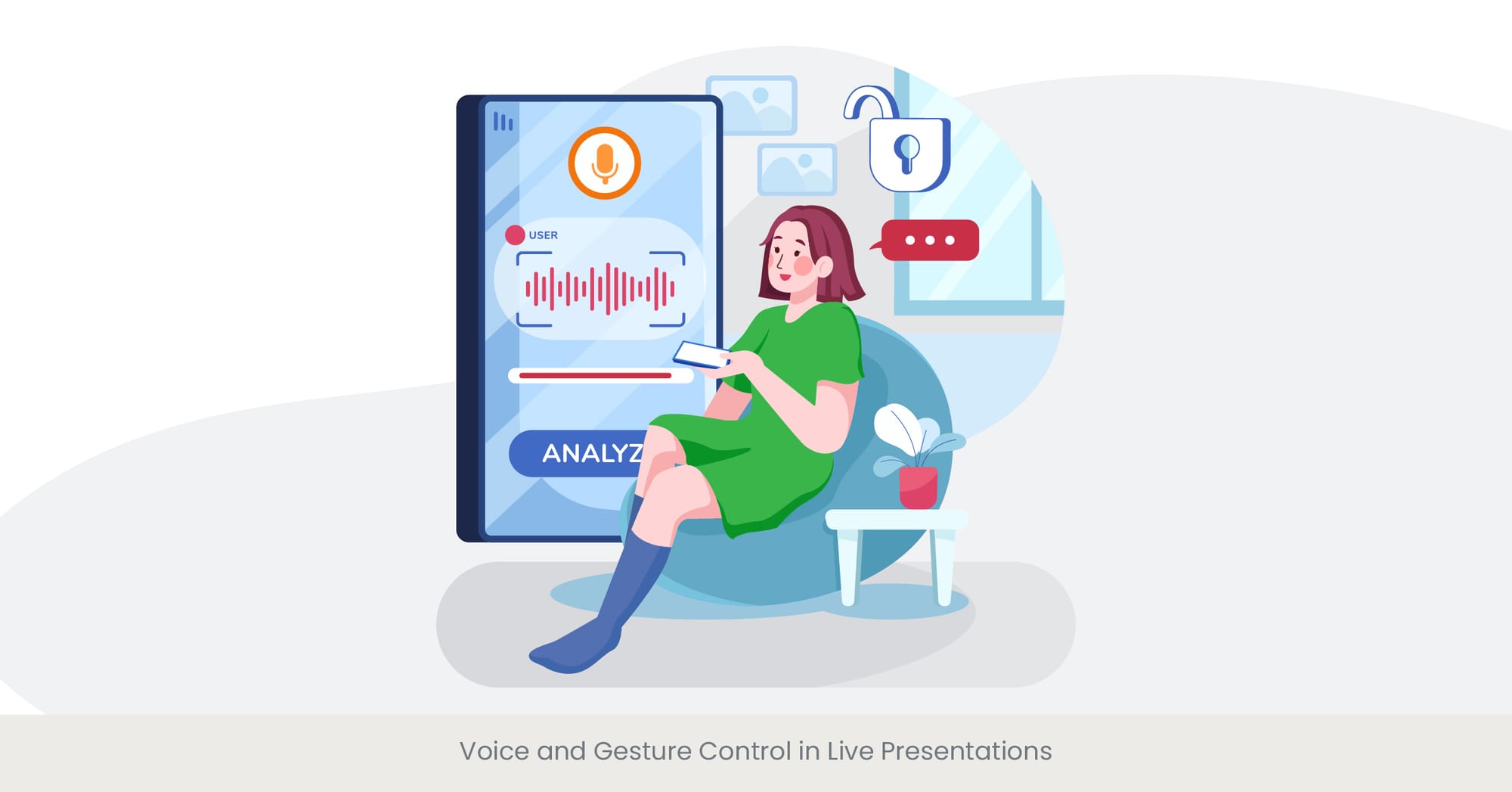
Enhancing Presentations with Voice and Gesture Control
Voice and gesture control technologies are transforming how product presentations are delivered, offering hands-free, interactive engagement strategies that captivate audiences. These technologies allow presenters to control slides, navigate content, and emphasize key points through voice commands or simple gestures. This not only adds sophistication but also enhances audience interaction in presentations by allowing presenters to move freely and deliver a more fluid, engaging presentation experience.
Understanding Voice and Gesture Control Technologies
Voice control uses speech recognition to process spoken commands, while gesture control uses sensors to track physical movements. These systems, rooted in AI, machine learning, and computer vision, are increasingly adopted in high-tech product presentations. Devices like Microsoft's Kinect and voice assistants such as Siri and Google Assistant enable a seamless transition between slides and interactive features. By incorporating these tools, presenters can better manage clear messaging for product pitches and maintain high levels of engagement.
Real-World Examples and Applications
Apple's keynote events demonstrate voice control at work, with presenters using Siri to control slides. TED Talks are adopting gesture control, allowing speakers to interact with visuals through gestures, enhancing audience interaction in presentations. Additionally, in the automotive sector, BMW showcases cars using gesture control to provide dynamic product demos. These real-world applications demonstrate how voice and gesture control can improve product presentations, making the messaging clearer and more compelling.
Research and References Supporting Voice and Gesture Control
According to the International Journal of Human-Computer Interaction, voice and gesture control can boost engagement by 35%, aligning with the engagement strategies for product demos. Gartner’s prediction that 50% of searches will be voice-based by 2025 underscores the growing reliance on this technology. Moreover, the Journal of Applied Ergonomics found that using gesture control during presentations increases audience retention. These studies affirm the impact of these technologies on enhancing audience interaction and clear messaging in product presentations.
Boost audience engagement like never before with advanced interaction techniques. Learn from our YouTube tutorials or connect with our experts for tailored advice.
Incorporating Blockchain for Security and Authenticity

Blockchain's Role in Enhancing Presentation Security
Blockchain technology is becoming a critical element in securing high-tech product presentations. By leveraging blockchain, presenters can protect intellectual property, ensuring that their content remains unaltered and secure. This application of blockchain provides authenticity to presentations, instilling trust in the audience and safeguarding proprietary information.
Understanding Blockchain Technology
Blockchain, a decentralized ledger system, records data across a network of computers, ensuring it is tamper-proof. Its secure and transparent nature has expanded its use beyond cryptocurrency into sectors like supply chain management and, now, product presentations. Blockchain’s ability to ensure the authenticity and security of presentation content makes it essential for clear messaging in product pitches, especially for sensitive information.
Real-World Examples and Applications
IBM utilizes blockchain to secure its presentations, ensuring that all content is traceable and tamper-proof. In the art world, companies like Verisart use blockchain to verify the authenticity of digital artworks. Product managers in tech industries can apply blockchain to protect the integrity of product demos, assuring audiences of the authenticity of the content being presented. Blockchain strengthens trust and can transform audience engagement strategies by providing secure, authentic presentations.
Research and References Supporting Blockchain Integration
Deloitte’s research shows blockchain reduces data tampering risks by up to 70%. A study by PwC reports that 84% of companies are already involved in blockchain technology, while the World Economic Forum predicts that 10% of global GDP will be stored on blockchain by 2027. These insights confirm blockchain’s value in ensuring the authenticity of product presentations and elevating engagement strategies for product demos.
The Role of Wearable Tech in Presentation Delivery
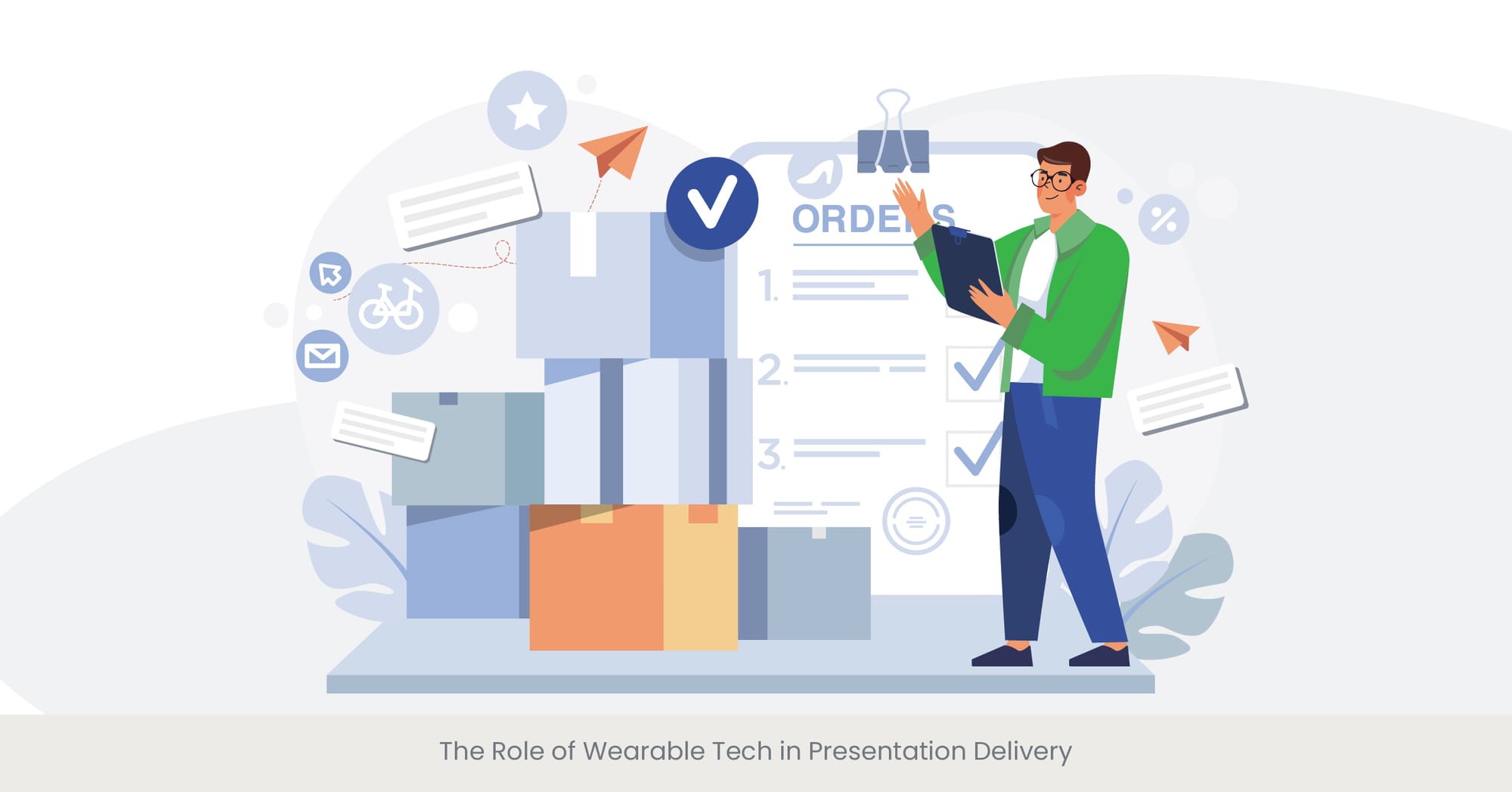
Enhancing Presentations with Wearable Technology
Wearable technology is another innovation revolutionizing product presentations. Devices like smartwatches, AR glasses, and other wearables provide real-time feedback, allow hands-free control, and monitor audience engagement, leading to a more interactive experience. Wearable tech enables presenters to maintain clear messaging for product pitches, as they seamlessly interact with their content.
Understanding Wearable Technology
Wearables, including smartwatches and AR glasses, are equipped with sensors and connectivity features, allowing presenters to control their content, track engagement, and even receive feedback on the fly. Augmented reality devices like Google Glass overlay digital information, making it easier for presenters to manage their presentations without disrupting the flow, leading to more natural audience interaction.
Real-World Examples and Applications
Google Glass allows presenters to access notes, receive audience feedback, and control slides, while devices like the Apple Watch enable slide control and performance tracking. In the automotive industry, BMW uses AR glasses to enhance product demos, allowing customers to interact with features in real-time. Product managers can leverage wearable tech to deliver more engaging, interactive presentations, resulting in more impactful product demos.
Research and References Supporting Wearable Tech Integration
PwC projects that the wearable tech market will reach $87 billion by 2023, while McKinsey & Company found that wearables can boost productivity in presentations by 20%. IDC data shows increasing use of wearables in business settings, enhancing both the presenter’s delivery and audience engagement. Incorporating wearable technology aligns with strategies for enhancing presentations and collecting feedback from the audience during presentations, offering a more interactive experience.
Frequently Asked Questions
1. What should a product presentation include?
A product presentation should include several key elements: an introduction to the product, its key features and benefits, the target market, and the product manager unique selling proposition. Visual aids such as images, videos, and graphs can enhance understanding. Additionally, include testimonials or case studies, a competitive analysis, and a clear call to action. The goal is to provide a comprehensive overview that highlights why the product is valuable and unique.
2. How to make a presentation about technology?
To make a presentation about technology, start with a clear and engaging introduction that outlines the purpose and scope. Use visuals to demonstrate how the technology works and its benefits. Include data and real-world examples to provide context and credibility. Ensure the presentation is interactive, using features like live demos or Q&A sessions to keep the audience engaged. Conclude successful presentation with a summary of key points and a call to action.
3. How to make a presentation for a new product?
When presenting a new product, begin with a compelling story and an introduction that captures the audience's interest. Highlight the problem the product solves and its key features and benefits. Use compelling visuals and demonstrations to show the product in action. Include testimonials or case studies to provide social proof. End with a strong call to action, encouraging the audience to take the next step, whether it's making a purchase or scheduling a demo.
4. What is a good technical presentation?
A good technical presentation clearly explains complex concepts in an understandable way. It should start with an overview, followed by detailed sections that break down the technical aspects. Use visuals, diagrams, and real-world examples to illustrate points. Ensure the content is well-organized and flows logically. Engage the audience with interactive elements, such as live demonstrations or Q&A sessions. Conclude with a summary of key points and an opportunity for the audience to ask questions.
5. What is the presentation trend in 2024?
Presentation trends in 2024 include the increased use of AI and machine learning to personalize content, the integration of AR and VR for immersive experiences, and the adoption of 5G technology for seamless streaming. Sustainability and eco-friendly materials are also gaining importance, along with the use of wearable tech to enhance interactivity and visual storytelling. Additionally, there is a growing focus on interactive and dynamic content to engage audiences more effectively.
6. Which product is best for presentation?
The best product for a presentation depends on the context and audience. Generally, products that solve a clear problem, offer unique features, and have a compelling value proposition are well-suited for presentations. High-tech products that can leverage interactive and dynamic content, such as software applications, innovative gadgets, or cutting-edge technologies, tend to perform well in presentations.
7. What should a good product presentation be?
A good product presentation should be clear, concise, and engaging. It should start with an attention-grabbing introduction, followed by a detailed explanation of the product's features and benefits. Use visuals and demonstrations to illustrate key points. The presentation should address the target audience's needs and provide evidence, such as testimonials or case studies, to build credibility. Conclude with a strong call to action and be prepared to answer any questions.
8. How can I improve my product presentation?
To improve your product presentation, focus on the following: ensure your content is well-organized and flows logically; use high-quality visuals and interactive elements for effective presentation to engage the audience; tailor your message to the specific needs and interests of your audience; practice your delivery to build confidence; gather feedback from previous presentations and make adjustments accordingly; and stay updated on the latest presentation trends and technologies.
9. How do you present a digital presentation?
Presenting a digital presentation involves several steps: first, ensure your content is optimized for digital delivery, with high-quality visuals and clear, concise text. Use a reliable platform like Zoom, Microsoft Teams, or Google Meet. Engage your audience with interactive elements such as polls, Q&A sessions, and live demos. Make sure your technology setup is robust to avoid technical issues. Finally, practice your presentation to ensure smooth delivery and be prepared to troubleshoot any potential issues.
10. What are the 6 elements you need in a product presentation?
Introduction: Capture the audience's attention and provide an overview of what to expect.
- Problem Statement: Clearly define the problem your product solves.
- Solution: Introduce your product as the solution, highlighting key features and benefits.
- Evidence: Provide testimonials, case studies, or data to support your claims.
- Demonstration: Show the product in action through visuals, videos, or live demos.
- Call to Action: Conclude with a clear and compelling call to action, directing the audience on the next steps.

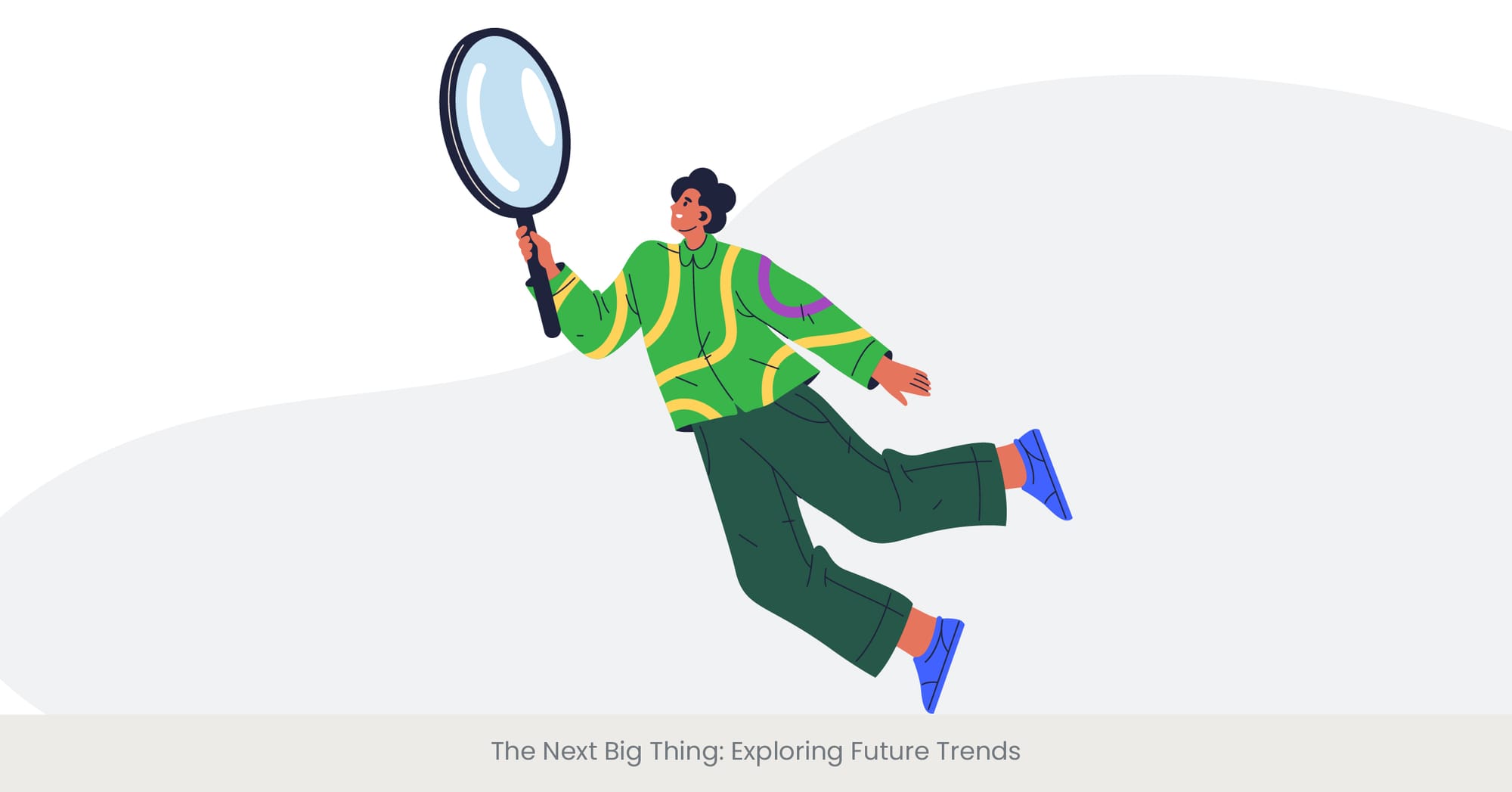

%20(1).jpg)
%20(1).jpg)
